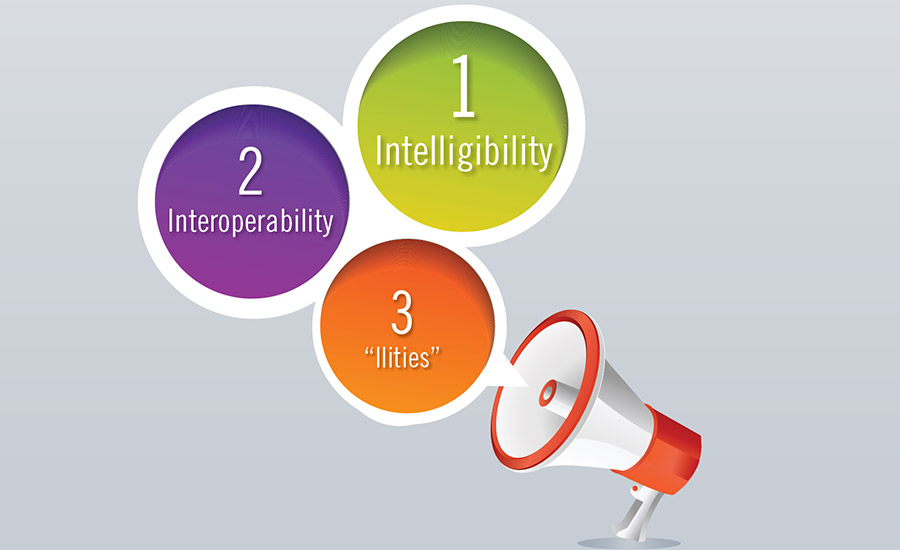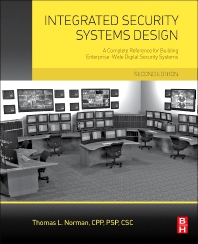The term “scorecard” is used in business in many different ways. It is a term that is often used to capture the methodology by which a team evaluates people, process and/or products, especially technology.
As the security industry has matured, its professionals began to see a focus from consultants on helping security executives begin to implement appropriate measures of performance. Once measured, they can begin to see the gaps that need to be addressed. More importantly, they can begin to build a business case for the value of their program, as many of their operational peers do so today.
However, it is not just a security program itself that needs measuring. The vendor ecosystem around the program needs performance measures, as well. For example, it is good that consultants receive a certification for their skillset. It is better if they have documented experience reinforcing their training and certification. It is great if they provide the performance measures by which they should be evaluated to their profession and to their prospects and clients.
The same would hold true for security integrators.
However, I am from the technology vendor part of the security ecosystem. I should be able to define what technology category I am in and submit for peer review as well as to the security ecosystem my thoughts on an objective scorecard or evaluation criteria for my segment.
Imagine what our industry would look like if we all did this.
So, let me advance my ideas on an objective scorecard for the category of critical communications. Let me first attempt to define the terms. According to most dictionaries, “communication” involves imparting or exchanging information. It is a means of connection between people and/or places. But in business it takes on a different level of value. The means by which a business is successful and valuable is rooted in how their people perform roles in a process, and the tools by which they optimize and measure their actions. So communication is a tool for reaching mutual understanding. It is often directional, and always contextual, given what process you are in and what needs to be done. A business cannot function without clear, consistent and measurable communications.
What about the term “critical”? I believe most of us would agree it implies a moment of importance. It could involve any situation; a business process; or a point of crisis where an inflection point has been reached and decisions or actions must be made.
We combine these terms to define a category of technology specifically focused on communicating within those critical situations for business or security. What is clear, whatever form the communication takes, is it must be in context of the situation and the culture as well as be highly directive.
As we spoke with consultants who have helped construct critical communication programs we began to see how this definition was being deployed. Louis Noriega, an operations and physical security technology consultant at Automated Port Solutions, Miami, Fla., deployed a communication platform for a business process that directed and guided passengers entering or departing cruise ships. And he used the same technology for business and crisis alerts in the cargo area. He converged business process and emergency communications into a value proposition.
Jeff Slotnick, CPP, PSP and CSO of OR3M, Bellevue, Wash., is focused on constructing a 360-degree all-hazards risk platform for the security executive from the initial assessment through the management and measurement of the program. “Having been involved in numerous post incident reviews there always seems to be one overarching issue that applies to every event,” Slotnick says. “A critical communications breakdown.
“These breakdowns always start with one or more people who needed to communicate something and, for one reason or another, were not heard. In many cases even communications platforms were not compatible between supporting agencies. This could be inbound or outbound communications.”
We interviewed more than 500 consultants, integrators and end users and from insights like these, we are constructing a scorecard for critical communications technology. Once defined and reviewed, we will seek then to create a benchmark for evaluating the technology, which will be a combination of inclusion into a Request for Information (RFI) or Request for Proposal (RFP) template, as well as a test or benchmark that can be used in a Proof of Concept setting.
This should help all of us become more accountable to the industry and our clients — and, hopefully, other technology categories will follow suit, avoiding the specification of technology from a vendor data sheet or configuration tool. In our case, this would help clarify the objective criteria for evaluating intercom solutions and help end users wean themselves off the expectation of mediocre communications from this technology category.
The Scorecard for IP Intercom
The critical communications market is rapidly evolving in response to global risk conditions and the blending of operational workflow, safety and security needs. It is much like the early market expansion of IP video over analog that began 10 years ago. The disinformation is causing confusion. Here are three key pillars to consider:
-
Intelligibility. This is No. 1 for a reason. Your communication must not only be heard; it must be understood in every situation. You cannot predict the level of noise or disruptive conditions that might occur on your campus or in your buildings. This is a mission-critical element to any communications solution and it must not fail.
-
Interoperability. Your communication tools must work with other enterprise security systems including access control, video, and VoIP-based phone systems. This must not just be an API listed on a data sheet. You see this evidenced by the vendor’s business model and through its investments in securing the trust of the leaders in these areas. The ecosystem in and around your specific technology category must be just as important or you really are not buying into the new landscape that security executives live in: 360-degree all-hazards risk awareness and fully optimized business processes and technology to address it.
-
The “Ilities.” To be a leader in IP communications, you must know the needs of CIOs and data center IT directors in managing mission-critical systems. They understand the importance of the term “critical.” They are asking for high availability, scalability, reliability and maintainability so that any threat is confronted with a secure and robust communication response at the time of need.
Once you have the pillars, you will need help on how to test each one in detail. In IP intercom, there are certain key design considerations that allow you to achieve intelligibility, interoperability and the “ilities.”
For example, intelligible communication requires the right combination of hardware, software and design to achieve intelligibility. Consider the following:
-
Digital MEMS microphone. Microphones are susceptible to electromagnetic interference causing poor performance. Test whether the vendor has this, which will also allow you to cover a wider range of frequencies.
-
Class-D 10-Watt amplifier. Provides energy-efficient volume levels needed to overcome typical noise.
-
10-Watt speaker. This must align and map to your amplifier, giving you the capability to use it to its full potential.
-
Acoustic echo cancellation. This will prevent feedback, as well as enable clear and hands-free communication at high volumes.
-
Automatic gain control. This means that you can capture voices that are too weak or too loud with an undistorted and clear signal.
-
Anechoic speaker design. This is an essential mechanical design element necessary to prevent distortion at all volume levels.
-
Rigid stable frame. This is critical for reliability and maintainability, as well as microphone damping to isolate the microphone from vibrations at loud volumes.
-
Acoustically transparent poke screen. A mission-critical communication device must not be compromised. This makes the speaker vandal resistant while not compromising the intelligibility of the communication.
This is just the start of a Critical Communications Scorecard and benchmarking or testing method. We focused on intelligibility first because if you cannot hear, be heard, and be understood under any circumstance, especially the unpredictable crisis, you do not have a solution no matter what bells and whistles you throw at the situation.
We look forward to feedback from the ecosystem so we can articulate and achieve a valuable and consistent standard of performance for our industry.







